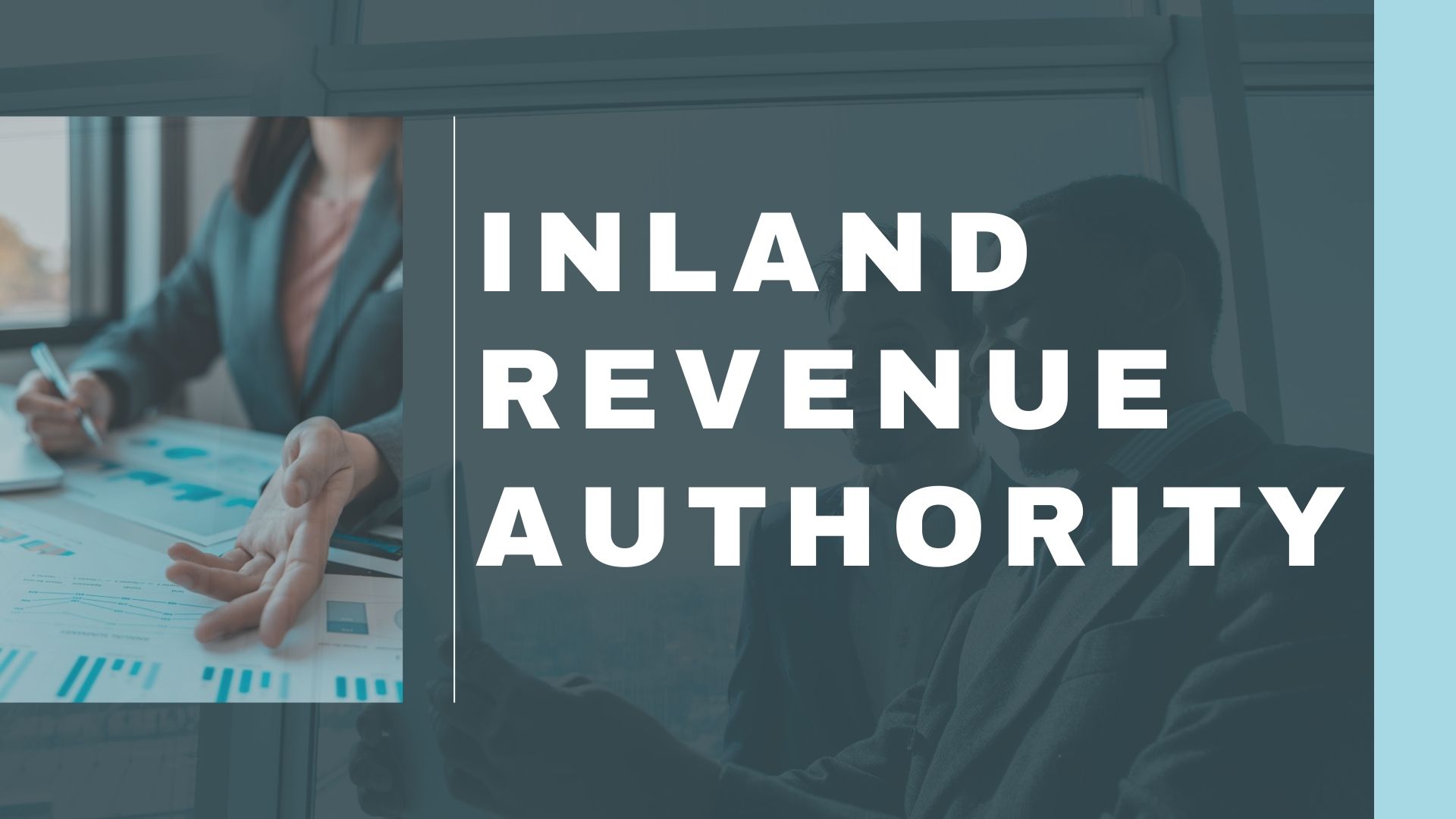Automated payroll management has revolutionized HRMS systems, streamlining payroll calculations and ensuring timely and accurate payments. In this article, we will delve into two key aspects: understanding payroll management in HRMS and uncovering the essential features of automated payroll calculations. Brace yourself for insights into how this transformational technology is reshaping the HR landscape.
Table of Contents
Understanding Payroll Management in HRMS
Payroll management in HRMS refers to the process of efficiently and accurately managing employee salaries, wages, bonuses, deductions, and taxes. Automated payroll calculations help in calculating gross pay, deductions, taxes, and net pay. This eliminates manual errors and saves time.
Organizations need to adhere to local labor laws, tax regulations, and other statutory requirements for HRMS compliance.
Maximizing payroll efficiency with HRMS involves automating repetitive tasks like time tracking, benefits administration, leave management, and expense processing. This saves time and minimizes error potential.
Cost-effective payroll solutions with HRMS reduce manual efforts for processing payroll. Integration with other modules of HRMS improves accuracy in salary calculations.
Integrating payroll HRMS syncs relevant data, ensuring consistency in employee information. This reduces errors when processing salaries.
Overall, understanding payroll management is essential for effective workforce compensation and legal obligations. New trends and innovations in payroll management aim to improve accuracy, efficiency, and cost-effectiveness. Updating with these developments can optimize payroll processes and ensure accurate and timely payments to employees.
Key Features of Automated Payroll Calculations
HRMS’ automated payroll calculations have revolutionized organizations’ payroll processes. Its key features are pivotal in streamlining and simplifying payroll operations.
- Accurate Calculation: Automated payroll systems guarantee precise calculations, removing manual errors and decreasing discrepancies in employee salaries.
- Efficiency: By automating payroll calculations, HRMS gets rid of lengthy manual tasks and enhances overall efficiency, allowing HR people to focus on more strategic initiatives.
- Compliance Management: The system includes the most recent tax regulations, labor laws, and other compliance needs to make sure precise deductions and withholdings.
- Seamless Integration: Automated payroll calculations integrate seamlessly with other modules of HRMS, such as time & attendance tracking, benefits management, and employee records keeping all information up-to-date & synchronized.
Moreover, automated payroll calculations offer advanced reporting capabilities that offer useful insights into employee compensation trends, cost analysis, and budgeting. These reports help decision-makers make wise decisions regarding staffing levels and financial planning.
Historically, manual payroll calculations were prone to errors due to complex tax rules, frequent policy changes, and human mistakes. However, with the introduction of automated payroll systems in HRMS, businesses have experienced considerable improvements in accuracy, efficiency, compliance adherence, and overall cost-effectiveness.
Ensuring Payroll HRMS Compliance
Payroll HRMS compliance is key for efficient and accurate payroll management. It means ensuring that the payroll processes and systems of a business fit in with legal regulations and policies. Adhering to payroll HRMS compliance helps avoid lawful troubles, penalties, and bad reputations.
Maintaining payroll HRMS compliance is important for businesses as it ensures staff earnings, deductions, and taxes are recorded correctly. Employees will be paid properly and promptly, and the right payroll taxes will be withheld and given to the government. Plus, it helps stop fraud, errors, and misuse of funds.
To bring about effective payroll HRMS compliance, there are a few steps to take. Firstly, companies need to make policies and procedures that go with applicable legislation and industry standards. This includes setting up working payroll systems, making sure record-keeping is right, and having checks and balances to spot and stop mistakes or fraudulent activities.
Businesses should also review their payroll processes and systems to discover any non-compliance and take action. This may call for updating payroll software, training staff on payroll compliance needs, and carrying out regular audits to ensure precision and completeness of payroll data.
Moreover, companies should stay up-to-date with changes in payroll laws and regulations to keep up with compliance. This requires tracking legislative updates and consulting legal experts or consultants to understand and put into action any necessary changes.
In short, making sure payroll HRMS compliance is essential for businesses to have efficient and accurate payroll management. By adhering to relevant rules, regulations, and policies, businesses can avoid legal troubles, penalties, and reputational damage, while also making sure employees are paid rightly and on time. Implementing effective payroll HRMS compliance involves making policies and procedures, performing regular reviews, and keeping up with changes in legislation.
Choosing the Right Payroll Module for HRMS
Picking the perfect payroll module for HRMS requires taking into account various factors. It is essential to make sure the module can handle all payroll management tasks properly. To pick the right one, here are some essential things to consider:
- Functionality: The payroll module has to have lots of features that cover all payroll management needs, like tax calculations, deductions, and adhering to labor laws.
- Integration: The payroll module must work in harmony with the HRMS system so data transfer is smooth and manual entry isn’t needed. This integration increases accuracy and efficiency.
- Customization: The payroll module must be adjustable to fit the particular needs and requirements of the organization. This includes the ability to edit payroll policies, make custom reports, and be able to change with the company’s payroll structure.
- Scalability: As organizations grow and change, the payroll module has to be able to keep up with increased employee numbers, complexities, and payroll regulations. It should be changeable to guarantee long-term suitability.
Other than these points, it is essential to look at the vendor’s support and training, as well as the cost-effectiveness of the payroll module. Making an educated decision based on these factors assures that the chosen payroll module for HRMS will effectively streamline payroll processes and help HR efficiency.
Maximizing Payroll Efficiency with HRMS
Maximizing payroll efficiency with HRMS can greatly enhance payroll management in an organization. HRMS stands for Human Resource Management System – a comprehensive software that streamlines HR tasks, including payroll management. Companies can automate and centralize their payroll processes with HRMS, leading to improved efficiency and accuracy.
Manual payroll calculations, paperwork and data entry mistakes can be eliminated by utilizing HRMS. This advanced system integrates with payroll components such as attendance tracking, leave management and employee info, making sure accurate data is captured and processed.
HRMS also provides real-time visibility into payroll-related information, letting HR and finance teams monitor and analyze payroll data easily. Access to comprehensive reports and analytics allows organizations to gain valuable insights into their payroll operations, identify trends and make informed decisions. This data-driven approach enhances efficiency by optimizing payroll processes.
Furthermore, HRMS ensures compliance with legal and regulatory requirements related to payroll management, like tax calculations, social security contributions and labor laws. The system automates these calculations, guaranteeing accurate and timely compliance, while reducing the risk of penalties or legal issues.
In short, HRMS offers numerous benefits to organizations. Automating and centralizing payroll processes, leveraging data analytics and ensuring compliance helps streamline payroll management, improve accuracy and up efficiency. This leads to cost savings, employee satisfaction and operational excellence in the organization.
Cost-Effective Payroll Solutions with HRMS
Cost-effective payroll solutions with HRMS involve putting into practice a full-scale system that speeds up and automates the payroll processes within an organization. HRMS software can help companies easily oversee employee compensation and guarantee they meet tax regulations.
Advantages include:
- Correct Calculations: HRMS systems employ high-tech algorithms to compute wages, deductions and taxes correctly, which reduces the possibility of money losses that can result from mistakes.
- Time & Money Savings: Automating payroll processes with HRMS eliminates the need for manual calculations and paperwork, saving valuable time and lowering administrative costs.
- Customization: HRMS software can be modified to adhere to specific payroll needs, guaranteeing companies stick to their individual payroll policies and procedures.
- Integration of Data: HRMS can be incorporated with other systems, such as time-tracking and attendance, simplifying data transfer and lowering the chance of data inconsistencies.
- Compliance & Reporting: HRMS systems offer built-in compliance features, like tax filing and reporting, making sure that companies meet legal commitments and prevent penalties.
HRMS payroll solutions can also bring extra advantages. For example, companies can greatly reduce the risk of payroll fraud by putting in place controls and audit trails. HRMS also allows employees to access and manage their own payroll information, decreasing HR’s workload and increasing employee satisfaction.
To maximize the effectiveness of HRMS payroll solutions, companies should consider the following:
| 1. Constantly update the HRMS software to incorporate the latest tax regulations and make sure calculations are accurate. |
| 2. Give training to HR and payroll staff to use the HRMS system to the fullest and maximize efficiency. |
| 3. Use HRMS reporting capabilities to analyze payroll data and find cost-saving opportunities or areas for improvement. |
| 4. Set up data backup and security measures to protect sensitive employee information stored within the HRMS system. |
| 5. Take advantage of HRMS integrations with other systems, such as accounting software, to simplify financial processes and upgrade overall efficiency. |
By implementing cost-effective payroll solutions with HRMS and following these tips, companies can streamline their payroll processes, increase accuracy, and reduce administrative costs while making sure they comply with regulatory requirements.
Integrating Payroll HRMS for Improved Accuracy
Integrating Payroll HRMS for Improved Accuracy:
Payroll managment is an important HRMS task. Integrating the payroll module into the HRMS improves accuracy and efficiency. This enables seamless data transfer between modules.
- Systematic data sync: Integration ensures employee attendance, leaves, and timesheets data syncs with payroll. Decreases manual errors.
- Real-time updates: Integration reflects employee info changes, such as salary revisions or promotions, in payroll. Ensures accurate compensation.
- Compliance with regulations: Integration helps organizations meet tax and labor laws. Automatically calculates tax deductions, generates payslips, and maintains records for auditing.
- Streamlined processes: Integration streamlines the payroll process. Eliminates manual data entry, reduces paperwork, and decreases errors. Automation saves time and effort for HR professionals.
Integrating payroll HRMS improves accuracy, reduces errors, ensures compliance, and streamlines the process. This empowers HR professionals to manage and execute payroll tasks efficiently, resulting in greater employee satisfaction.
Streamline Your Payroll with SMEPayroll’s HRMS Solution!
Looking for an efficient Payroll and HRMS solution? SMEPayroll offers a comprehensive cloud-based software that integrates Payroll with Leave, Claim, Appraisal, and a Mobile App for seamless management.
- Payroll Module: Automate your payroll processes, calculate salaries, deductions, and taxes accurately.
- Leave Management: Track and manage employee leaves, streamline approval workflows.
- Claim Management: Simplify expense claims with an easy-to-use system, ensure timely reimbursements.
- Appraisal System: Evaluate employee performance, set goals, and conduct performance reviews.
- Mobile App: Access essential HR and payroll features on the go, anytime, anywhere.
Take your payroll management to the next level with SMEPayroll’s HRMS solution.
Some Facts About From Scratch to Top-Notch: All About Payroll Management in HRMS:
✅ Payroll management systems automate tasks, saving time and improving efficiency for HR professionals.
✅ Payroll software offers features like attendance management, compliance tracking, payslip preparation, and leave management.
✅ Payroll management systems eliminate errors, enhance transparency, and provide real-time insights.
✅ UBS is a top-notch payroll management software that offers additional features like payroll history and reports & analytics.
✅ Managing payroll for a retail business requires careful attention to detail, compliance with tax and labor laws, and accurate record-keeping.
Latest Trends and Innovations in Payroll Management
Payroll management is an essential part of HRMS. It involves administering salaries, benefits, and taxes for employees efficiently. Recently, there have been advancements in this field. Automated payroll systems are now being adopted. They streamline the process and reduce manual errors. Sophisticated software handles complex calculations and complies with changing tax laws. Cloud-based payroll management systems are now available. They offer better access and security for HR professionals. These changes have revolutionized payroll management, allowing organizations to be more efficient and accurate.
AI technology is now being integrated into payroll management. It automates repetitive tasks like data entry and payroll processing. AI-powered analytics provide valuable insights and predictions. This helps organizations make data-driven decisions and optimize costs.
Employee self-service portals are now being implemented. They let employees access pay stubs, taxes, and other documents online. This saves time and empowers employees to manage their own payroll information.
Payroll management trends have transformed how organizations handle payroll. Automated systems, AI integration, and self-service portals enhance efficiency, accuracy, and employee empowerment. HR professionals must stay updated on trends to optimize payroll processes.
Conclusion
Payroll management in HRMS is key for successful HR operations. It brings many advantages to organizations. The right HRMS system will simplify payroll processes and make sure employees receive their payments on time and correctly. Automating payroll operations saves time and resources, freeing up HR staff for more strategic tasks.
HRMS systems also offer reporting and analytics, allowing organizations to assess payroll expenses, spot trends, and make better decisions. They make sure organizations comply with labor laws and regulations, and calculate taxes and manage deductions correctly.
Furthermore, HRMS systems keep employee data safe and secure from unauthorized access. This ensures confidential information remains private, underscoring the importance of an effective HRMS system.
In summary, payroll management in HRMS is essential for efficient HR operations. It streamlines payroll procedures, minimizes mistakes, offers valuable insights, ensures compliance, and safeguards sensitive data. Having the right HRMS system is vital for optimizing payroll functions and helping the HR department succeed.
FAQs
Ques 1. What are the steps involved in managing payroll?
Ans 1. The steps involved in managing payroll include:
- Registering for an employer identification number (EIN)
- Collecting W-4s from employees
- Establishing a payroll schedule
- Deciding how to pay employees
- Calculating gross pay per period
- Withholding and paying taxes
- Filing tax forms and submitting employee W-2s
Ques 2. How do you calculate gross pay for employees?
Ans 2. Gross pay for employees can be calculated differently depending on whether they are salaried or hourly. For salaried employees, divide their annual salary by the number of pay periods. For hourly employees, multiply the total hours worked by their hourly rate.
Ques 3. What steps are involved in paying taxes for payroll?
Ans 3. When paying taxes for payroll, it is important to withhold the appropriate amounts from each employee’s paycheck for federal income tax, Social Security tax, and Medicare tax. Employers must then file quarterly federal tax returns using Form 941 and annually submit employee W-2 forms to the Social Security Administration.
Ques 4. What are the key features of a payroll management system?
Ans 4. A payroll management system typically offers features such as attendance management, compliance tracking, payslip preparation, leave management, and secure data storage. Such systems eliminate errors, enhance transparency, save time, provide real-time insights, and are cost-effective.
Ques 5. How can payroll management help in changing business operations?
Ans 5. By automating payroll processes and providing real-time insights, payroll management systems help businesses streamline their operations and make informed decisions. This facilitates digital transformation and allows HR professionals to focus more on employee experience design, talent development, and acting as change agents.
Ques 6. What are some tips for managing payroll in a retail business?
Ans 6. Some tips for managing payroll in a retail business include maintaining accurate records, staying updated on tax laws and compliance requirements, appointing a payroll manager if needed, seeking employee feedback to improve the payroll process, and utilizing systems like Shopify POS for unlimited staff accounts and accurate salary management.






















Leave feedback about this